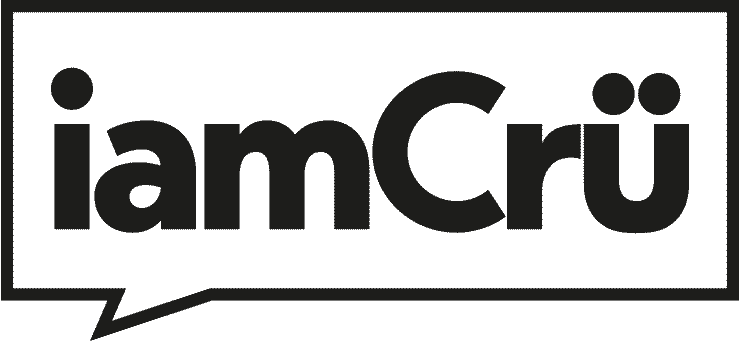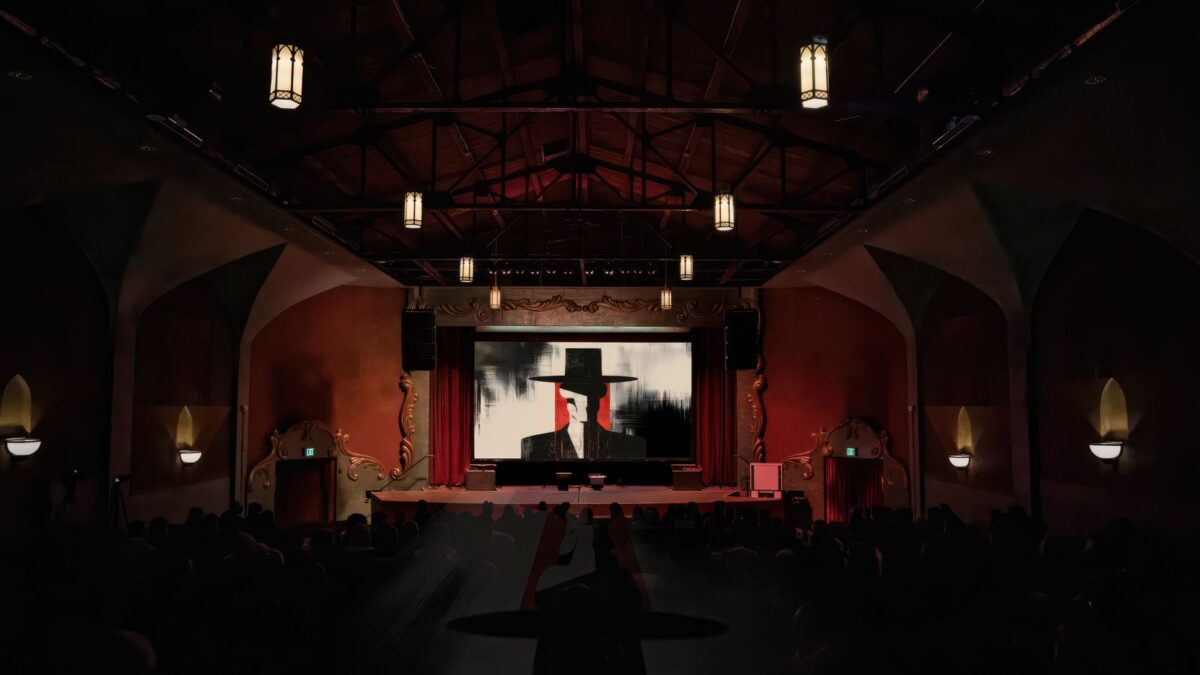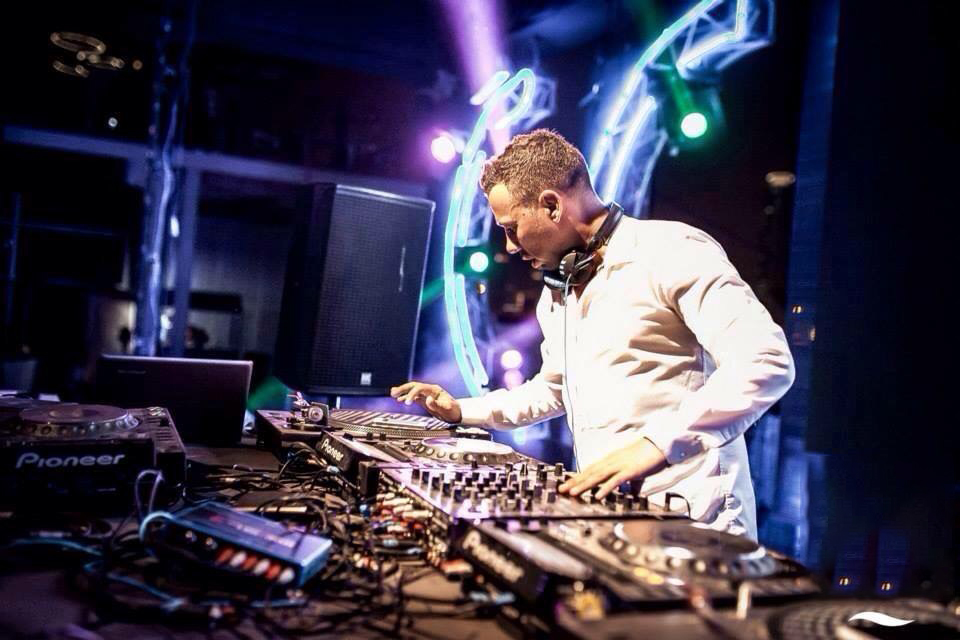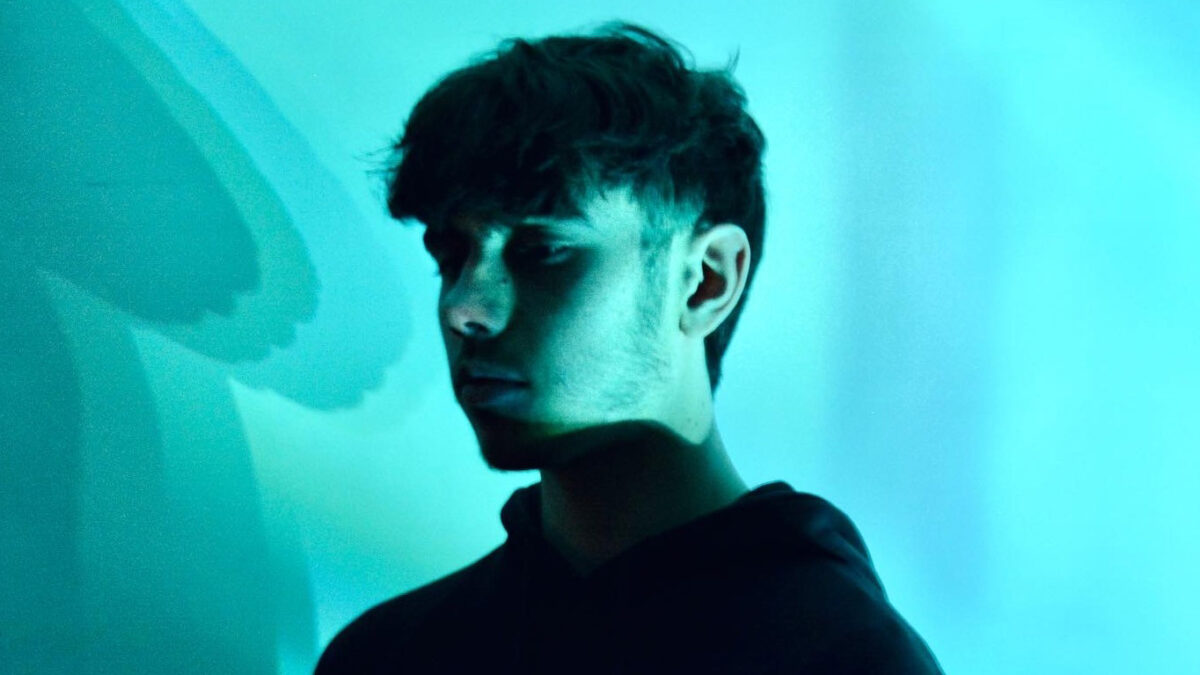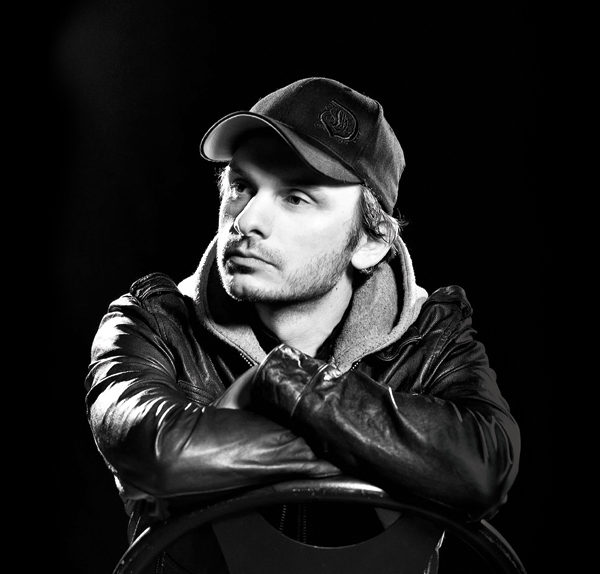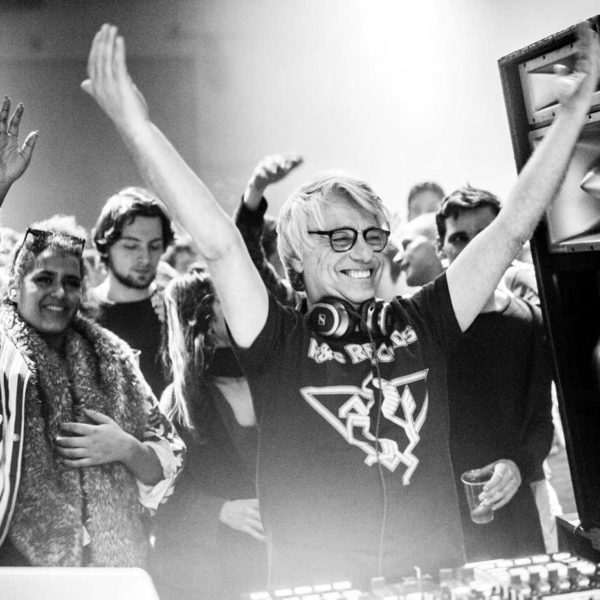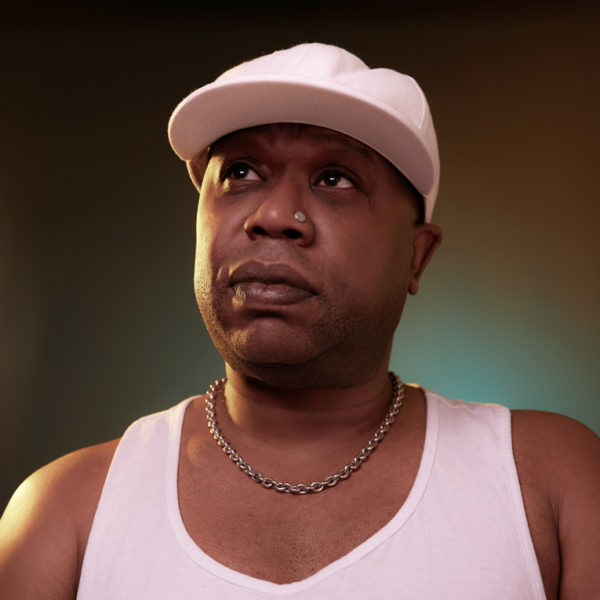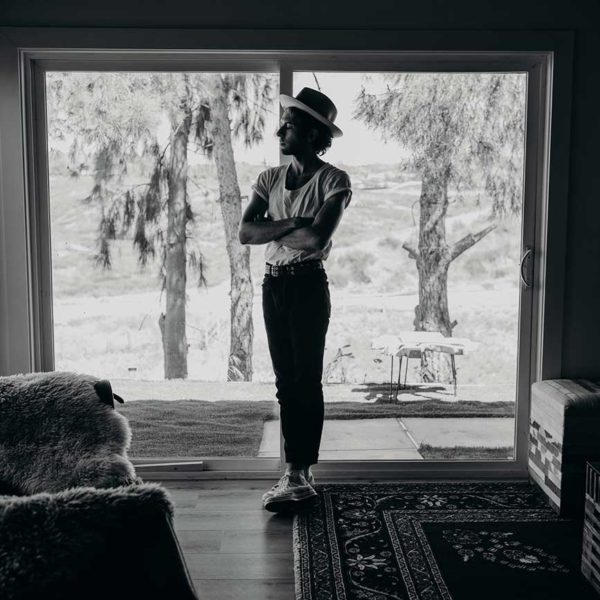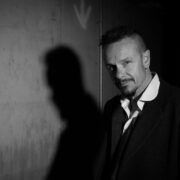When the Scissor Sisters’ Ana Matronic wanted to discuss famous New York party The Loft for her forthcoming new podcast series Tales from the Dancefloor, she called up the UK’s Tim Lawrence. The interview easily rolled on for three hours.
Author Lawrence is without question an expert on New York DJ legend David Mancuso and his parties at The Loft. He’s actually something of an oracle on America’s early club culture.
Alchemical Properties
Like Mancuso, Tim Lawrence believes the dancefloor has alchemical properties. It’s where ideas about life come alive. While the mainstream media often portray dance music and club culture as an escape from reality or merely hedonistic, Lawrence thinks otherwise.
“I’m interested in what happens when you’re dancing,” explains the London-based writer, promoter, DJ, radio host and label boss. “Particularly around expressivity, creativity, equality and collective power. What can happen when people move to a similar rhythm.”
“There’s an idea that the day-to-day life we’re leading, where we’re caught up in power structures, framed in certain categories and expected to behave in certain ways… in a sense the unreality becomes our everyday lives. And the place that we really get to explore what the world might become, or can be, is the space where parties are located.”

Early Club Culture
Lawrence has written three exhaustive books to date about early American club culture. The first was ‘Love Saves The Day: A History of American Dance Music, 1970-79’. ‘Hold On To Your Dreams: Arthur Russell and the Downtown Music Scene, 1973-92’ followed. The third in his trilogy is ‘Life and Death on the New York Dance Floor, 1980-83’.
A professor at the University of East London, Tim Lawrence cut his dancefloor teeth at the Hacienda in the summer of 1988. He was studying at university in Manchester at the time. “I’d never experienced anything remotely like it before,” he remembers. “Within 10 seconds of entering the room I’d leaped onto the nearest podium and joined in the tribal ritual, as it were.”
When he moved back to his native London and attended Friday nights at the Gardening Club, in Covent Garden, he really started to embrace this idea of community. Both his parents had died in relatively quick succession and although he was working at the BBC on ‘Newsnight’, his professional life was unfulfilling.
“I was pretty traumatised,” he recalls. “It’s a bit hyperbolic to say [the Gardening Club] was life-saving but it gave me a sense of community and a sense of hope.”
David Mancuso
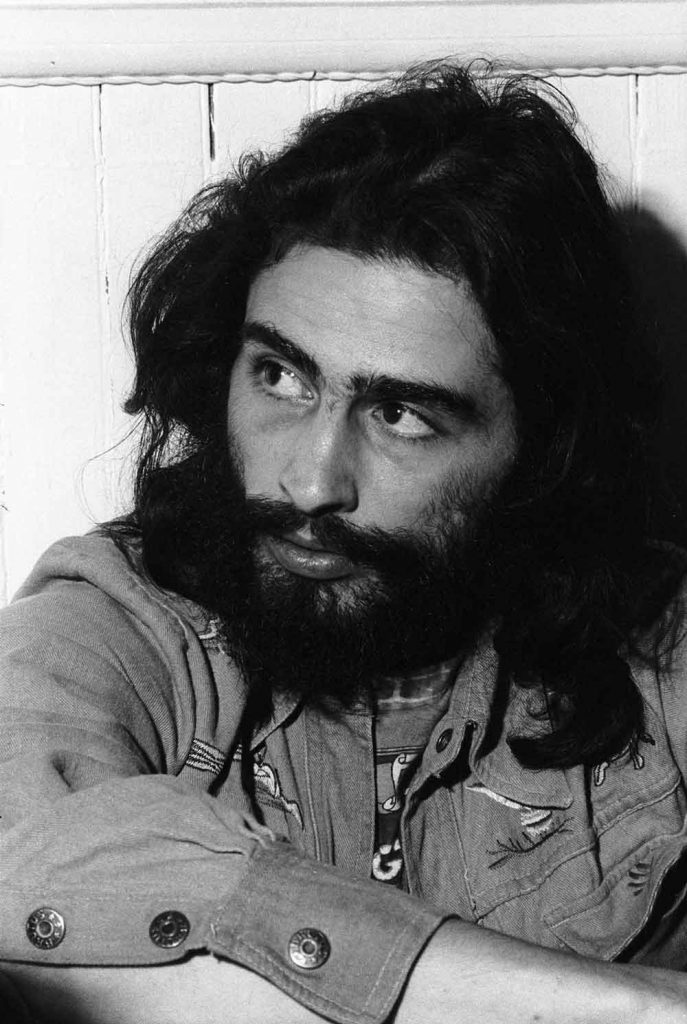
Following a Damascene moment listening to Louie Vega and a desire to study literature as a way of honouring his parents (his father escaped Nazi Germany via Kindertransport and went on to become an English teacher, while his mother was a lifelong advocate of literature), he moved to New York. There he began an MA in English Literature at Columbia University. Already a voracious cultural theorist, he eventually began his first book, ‘Love Saves The Day’.
Intended as a history of house music, it mutated into a celebration of David Mancuso’s Loft club and a history of pre-disco. When Frankie Knuckles, David Morales and Tony Humphries all spoke of Mancuso in reverential terms, that was enough for Tim Lawrence. “Each one of them said David was the most influential person in their lives in teaching them about the potential of the party,” he says. So he immersed himself in the story, becoming friends with Mancuso, who sadly passed away in 2016.
“The story needed to be told,” he explains. “I already had a sense of deep meaning in the dancefloor. I had felt – if it had not saved my life – it had given me a structure and a sense of meaning.
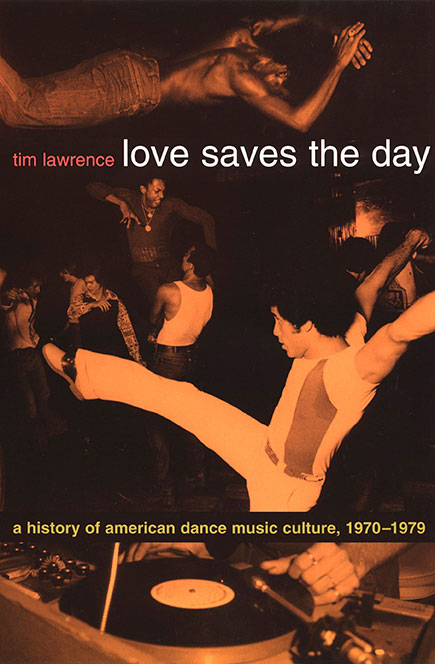
“David wanted to talk about this. His friends and peers too. How culture, community, participation and creating these alternative worlds is very important to our everyday lives and to what we want the world to become. And ultimately the organisation of society. They were interested in social transformation.”
Fertile Cultures
In time, the prodigious Arthur Russell would become the subject of Lawrence’s second book. Russell, who had feet in numerous downtown New York scenes – disco, hip-hop, minimal composition and new wave – drew connections between all these fertile cultures. In doing so provided an alluring and elliptical history of New York at that time.
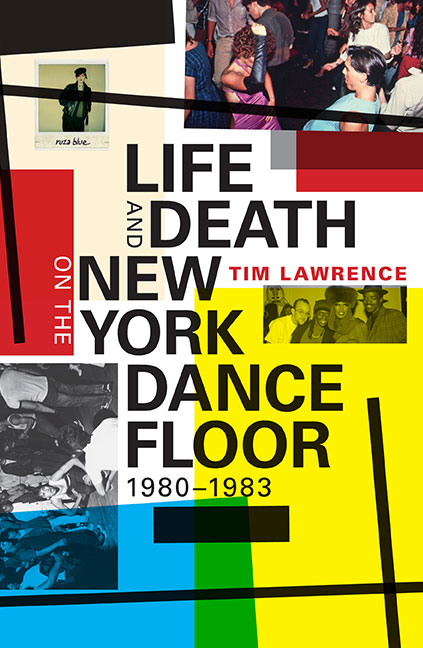
“He was a somewhat marginalised figure because he didn’t follow a nice, easy-to-understand pattern. He followed too much music. And put a value on collaboration,” says Lawrence. “That attracted me. I saw him as a utopian figure – much like David. Through his life I was able to say something about New York.”
A third book, ‘Life and Death…’ followed. Again, it was meant to focus on something else – the rise of house music – but Lawrence became entranced by New York in the early ’80s. “It was that post-disco, pre-house period that didn’t really acquire a name,” he explains. “It was a time when disco and punk were looking for ways to reinvent themselves.”
All Our Friends
Aside from writing, Tim co-promotes the intimate All Our Friends parties. He runs Reappearing Records, which has released companion albums to ‘Life & Death on the New York Dance Floor’. He’s also hosted a number of shows on Worldwide FM.
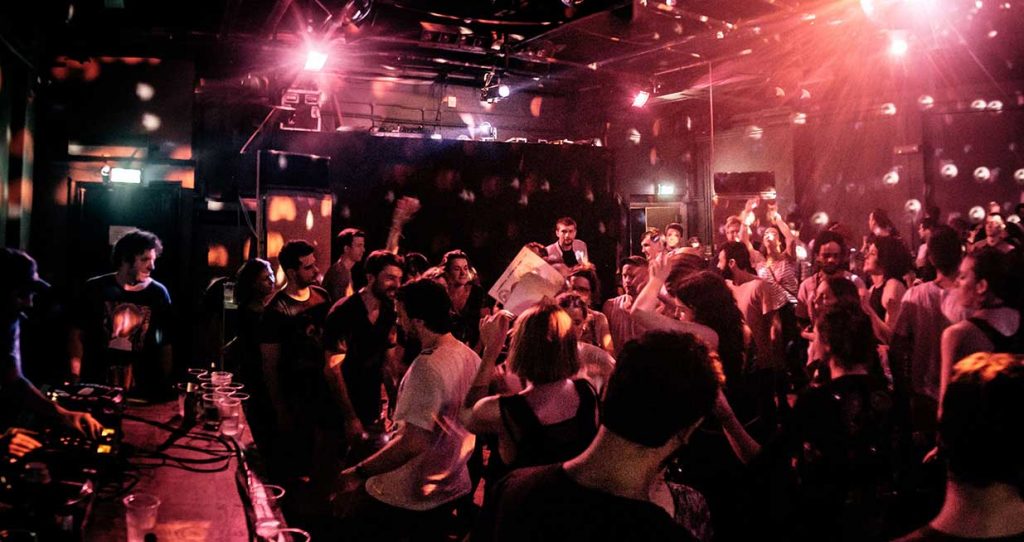
We highly recommend Tim’s books for great informative reads on the early US dance scene. “The books aren’t just about The Loft or David Mancuso or dance culture or Arthur Russell, they’re about what New York was like back then – the cultural possibilities,” says Lawrence. “Through writing I was also attempting to understand how the world we live in has changed. It’s critiquing the present by thinking about the past.
“In short, it’s about community. It’s about the possibilities the dancefloor and dancefloor culture offer.”
Main Photo: Silvia Gin
